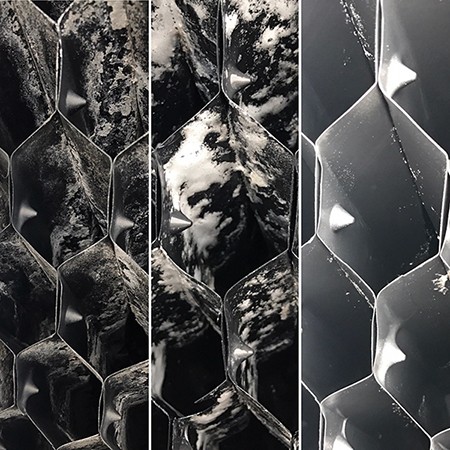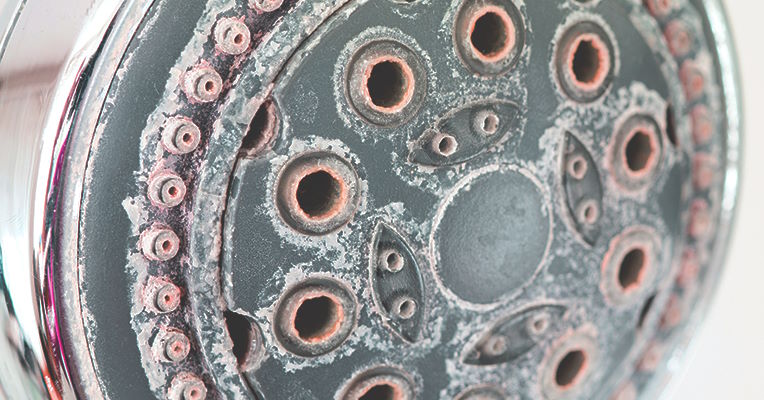Precipitation crystals are among the fascinating and complex structures that form in nature and in various industrial and laboratory processes. These crystals can form in solutions, gases, and even solids and act as indicators of chemical and physical changes in systems. In this article, we will review the concept of precipitation crystals, the mechanism of their formation, the factors affecting their formation, and their various applications.
The concept of sediment crystals
What is crystal?
Crystals are ordered, repeating structures of atoms, ions, or molecules arranged in a specific three-dimensional pattern. These structures have unique physical and chemical properties due to their internal order.
What is sediment?
Precipitates are substances that separate from a solution or other medium as a result of chemical or physical changes and settle out as solids. Precipitates can be crystalline or amorphous.
Precipitation crystals
Precipitation crystals are structures that separate from solutions and form solids as a result of changes in environmental or chemical conditions. These crystals can be formed in natural or industrial processes and serve as an indication of chemical changes in systems.
Mechanism of sediment crystal formation
Nucleation process
The formation of precipitate crystals begins with the process of nucleation. In this step, small particles or crystal nuclei are formed in the solution. Nucleation can occur in two ways: homogeneous and heterogeneous:
- Homogeneous nucleation: Nucleation occurs uniformly throughout the solution, and crystal nuclei form at different points in the solution.
- Heterogeneous nucleation: Nucleation occurs at specific points in the solution, such as solid surfaces or suspended particles, and crystal nuclei form at these points.
Crystal growth process
After nucleation, the crystal nuclei begin to grow. At this stage, solute particles are added to the nuclei, forming larger and more regular crystal structures. The growth of crystals depends on environmental conditions such as temperature, solution concentration, and time.
Factors affecting the formation of sediment crystals
Temperature
Temperature is a major factor in the formation of precipitate crystals. Increasing temperature can increase the rate of crystal nucleation and growth. However, too high a temperature may lead to the dissolution of the formed crystals.
Solution concentration
Solution concentration also has a large effect on the formation of precipitate crystals. High concentrations of solutes can lead to increased nucleation and crystal growth.
Solution pH
The pH of the solution can affect the formation of precipitate crystals. Changes in pH may cause changes in the solubility of substances and the formation of precipitate crystals.
Presence of additives
Chemical additives can act as modifiers in the formation of precipitate crystals. These additives can accelerate or slow down the nucleation and growth of crystals.
Applications of sediment crystals
Water purification
In water purification processes, sediment crystals are used as one of the steps to remove suspended particles and contaminants from water. These crystals can be separated from water as solid sediments and help improve water quality.
Pharmaceutical industries
In the pharmaceutical industry, the formation of precipitated crystals is used as a step in the production and separation of pharmaceutical substances. These crystals can be produced and collected as pure pharmaceutical substances.

Chemical industry
In the chemical industry, precipitated crystals are used as a step in the production and separation of chemicals . These crystals can be used as raw materials or final products in chemical processes.
Geology
Sedimentary crystals are studied as a geological feature. These crystals can provide important information about the Earth’s history and environmental changes.

Conclusion
The formation of precipitate crystals is a complex, multi-step process that is influenced by various factors such as temperature, solution concentration, pH, and the presence of additives. These crystals play a vital role in many natural and industrial processes and help improve the efficiency and quality of the processes. Considering the wide applications of precipitate crystals in water treatment, pharmaceutical, chemical, and geological industries, studying and understanding the mechanisms of their formation and growth is of great importance.
